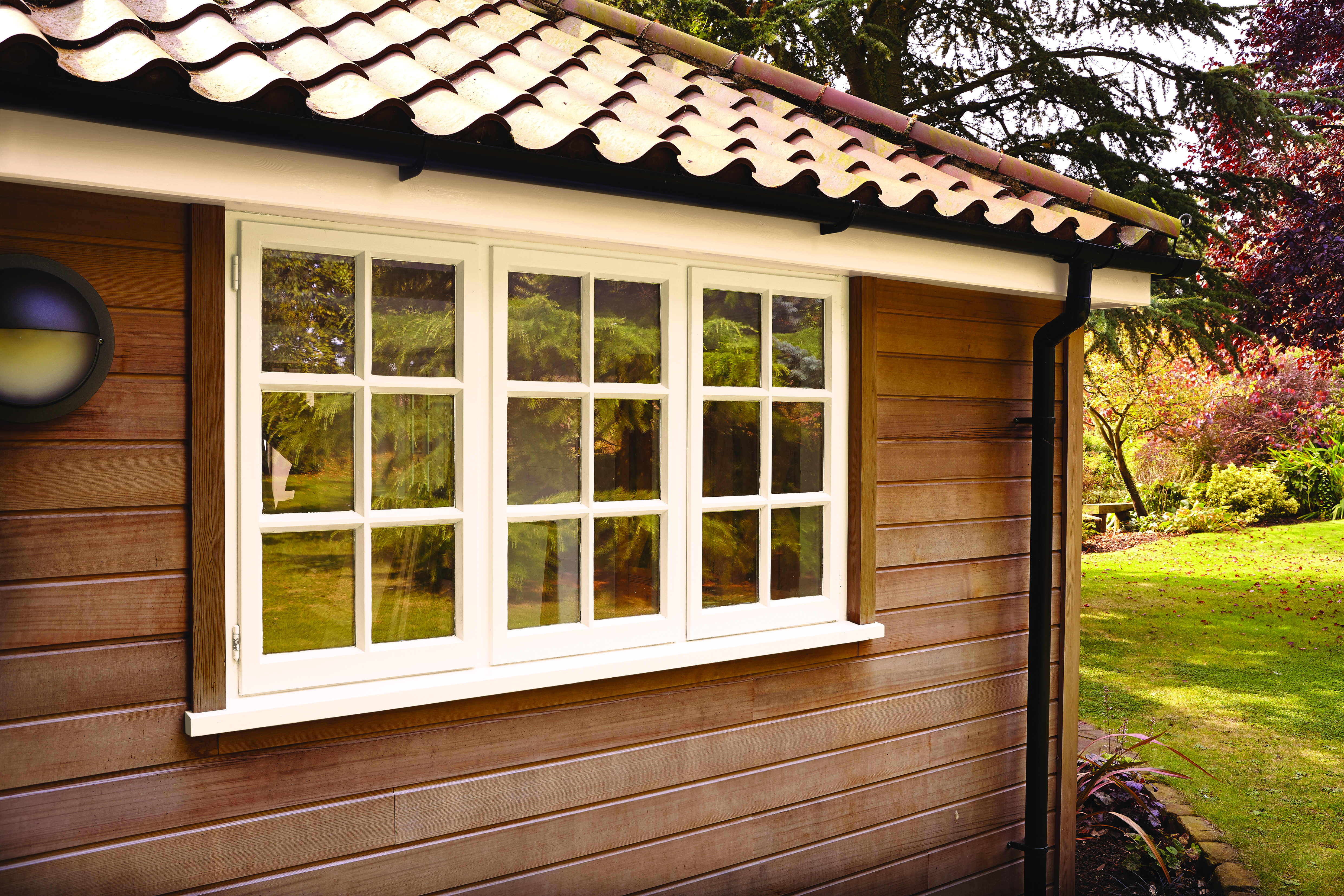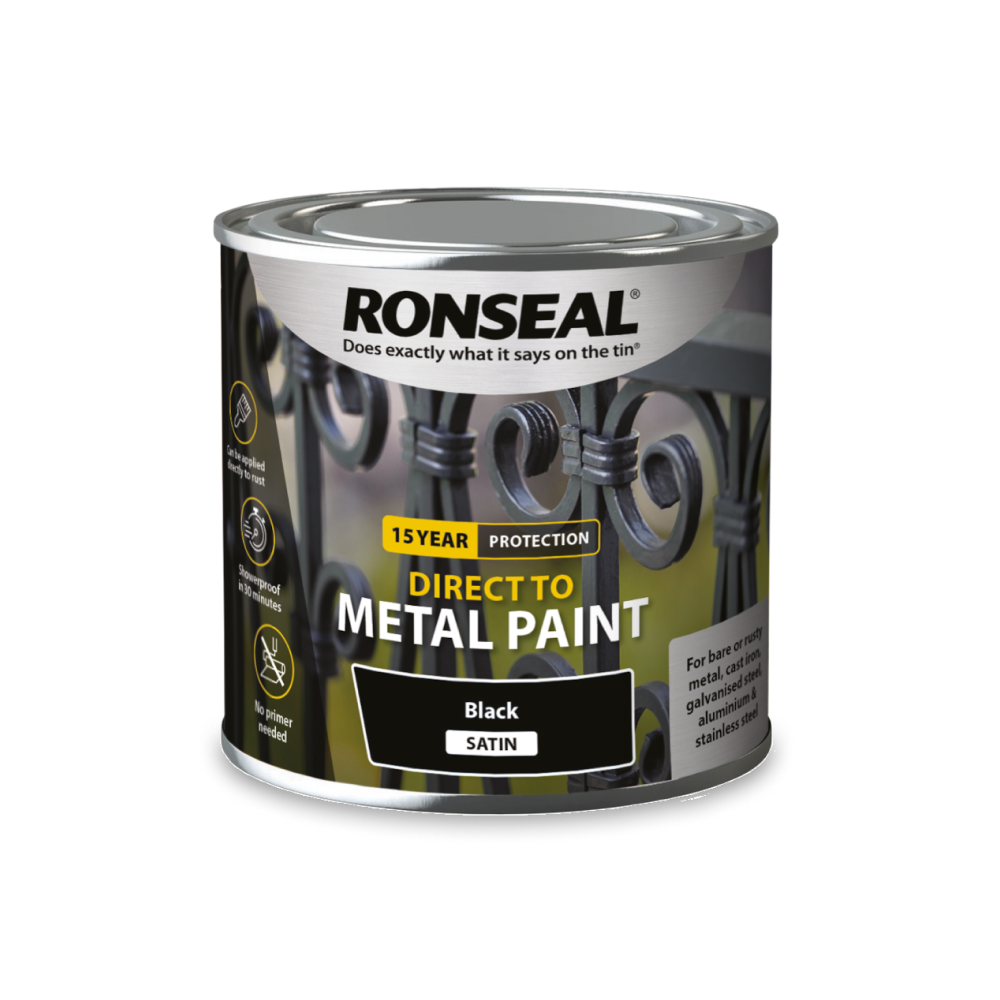
Project overview
Problems with your windows need quick action and long-term fixes. Problems like rot or rust are easy to sort out and can be tackled by beginners. Removing and replacing glass requires more advanced skills but you still don’t need to be an expert to complete the job.
How to change window glass
Changing a window pane takes a couple of hours to do and needs a careful and steady hand. If you’re not confident or the window that needs replacing is on the second floor, it might be better to call in the experts.
Per entire window (not just one pane of glass) expect to pay up to £400 per window. That cost varies depending on the frame material, size, and whether it’s double or triple glazed. To replace all the windows of a 3-bed house, it roughly costs up to £5,000.
However, if you want to give it a go yourself, here’s how to prepare and change window glass.
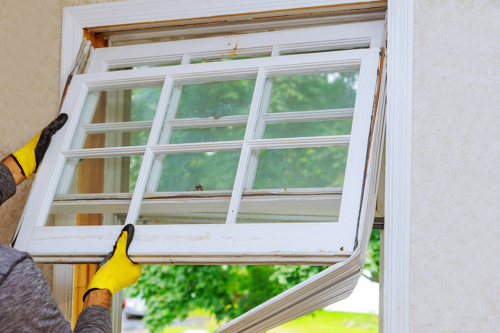
1. Get rid of broken glass
Put newspaper on the floor underneath the window and wear some heavy-duty gloves to protect your hands from broken glass. Make sure you’re wearing sturdy footwear to protect your feet too.
If the glass is completely smashed, use the claw end of a hammer to carefully remove the broken pane. Work from the top down and get rid of all the glass, so the pane is clear and empty. Glass that’s in the frame and stuck with putty might take a little wiggling to work loose.
For cracked glass, score the pane with a glass cutter. Make a mark roughly 25mm around the crack. Stick strips of tape across the crack and scored lines, and tap it free with a hammer. The tape should hold all the pieces of glass in place.
2. Remove old putty
Putty holds the glass in place and seals the frame, so to replace the pane, you need to get rid of the old dry putty.
Use a chisel and hammer to remove the old putty, scraping as much off as you possibly can. Remove the panel pins with pincers or pliers.
3. Prepare the wood
Brush away dust and debris.
How to install a pane of glass
Glass sticks in place with linseed oil putty, which can be messy to work with. Wet your hands first so that it doesn’t stick too much. If there’s loads of excess oil, roll the putty on newspaper.
Knead the putty to soften it and make it workable. Squeeze one long strip of putty into the groove (otherwise known as a rebate), using your thumb to press it into place.
The putty should be around 3mm thick all around the window.
Wearing gloves, gently place the new pane of glass into the bottom of the frame first, applying light pressure around the edges of the glass. Let the glass squeeze the putty around it until there’s around 2mm of putty behind the pane. The glass should now be stuck in place with putty on the edges of the pane.
Secure the glass in place with panel pins. Tap them at 2cm intervals with a small hammer. Make sure the pins sit flush against the glass but stick out around 5mm from the frame.
Use a putty knife to get rid of the excess putty that’s left on the pane of glass.
To finish off the pane, put more putty into the rebate, pushing it into the edge with your thumb. Smooth it out with a putty knife at a 45-degree angle, making sure you cover the panel pins. Make sure the putty lines up with the putty on the other side of the pane.
Wet the putty knife and finish smoothing out the putty, getting right into the corners.
The putty instructions should tell you how long you need to wait before it can be painted over. It can vary from four hours to up to two weeks.
Once the putty is dry, paint over it and that’s job done.
How to repair a rotten window frame
Rot in window frames can cause mould in your home, introduce draughts and make your window unstable.
Some rot is beyond saving, and it’s better to replace the entire window frame. If that’s the case, get in touch with a professional to replace the entire frame.
This process works for rotten windowsills too.
If there’s only a small amount of rot, you can easily repair it.
1. Remove the rotten wood
Use a chisel and screwdriver to scrape and dislodge the rotted wood until you see healthy wood underneath.
Wipe away debris.
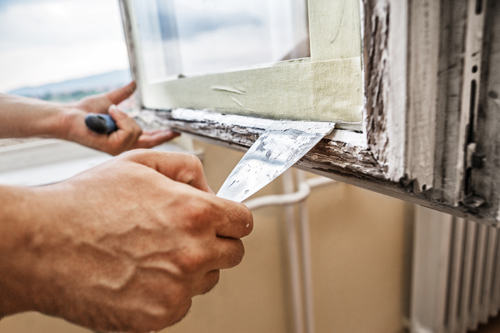
2. Apply wood hardener
Drill small holes in the wood. This helps the wood hardener penetrate deeper and work better.
Use a brush to apply the hardener, following the instructions on the tin. The wood should be thoroughly soaked with wood hardener.
Leave it to dry for a couple of hours, and then scrub it away with a wire brush.
3. Fill the gaps
Use a wood filler to repair the gap left by the rotten wood. Use a putty knife to shape the filler and repair the wood.
Follow the instructions and let it dry for the right time.
4. Sand and paint
When the filler is dry, sand it down, so it’s flush with the wood. Wipe away the dust.
Use exterior wood paint to paint the frame and finish the repair.
How to repair a rusted window frame
Metal in the outdoors is bound to rust even if it has some sort of protective coating.
Repairing and tidying up a rusted window frame is a straightforward job and is an easy way to smarten up the exterior or interior of your home.
1. Remove loose paint
Use a flat-edged scraper to remove as much flaking or peeling paint as you can.
For the paint that won’t budge, use a wire brush to scrub it and the rust loose.
2. Prep the frame
Use medium-grit sandpaper to go over the whole frame, paying particular attention to the rough paint edges.
Brush the dust off, leaving the frame bare and ready to paint.
3. Paint the metal frame
Use suitable metal paint and a brush to apply the first coat. Check to see if your chosen paint needs a primer first. Our Direct to Metal Paint doesn’t need a primer and lasts up to 15 years, so one afternoon of painting will last years and years.
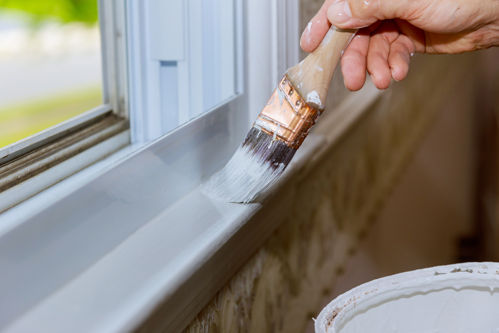
Use a brush to apply the paint, following the manufacturer's instructions for coat times.
Make sure that you get into every nook and cranny, ensuring there’s no exposed metal that’s prone to rust again.
